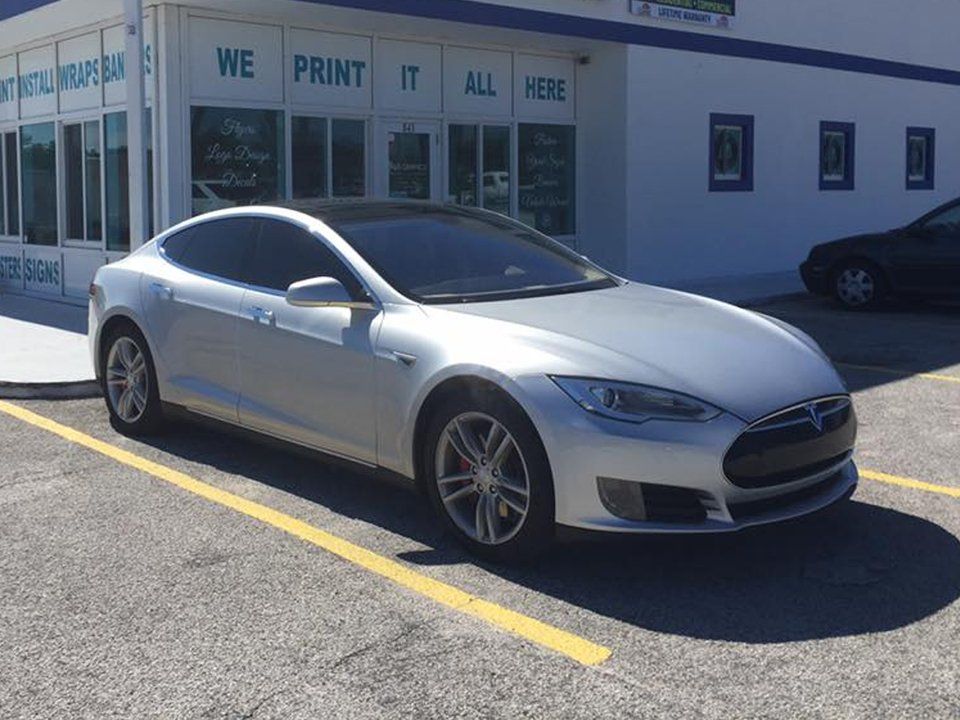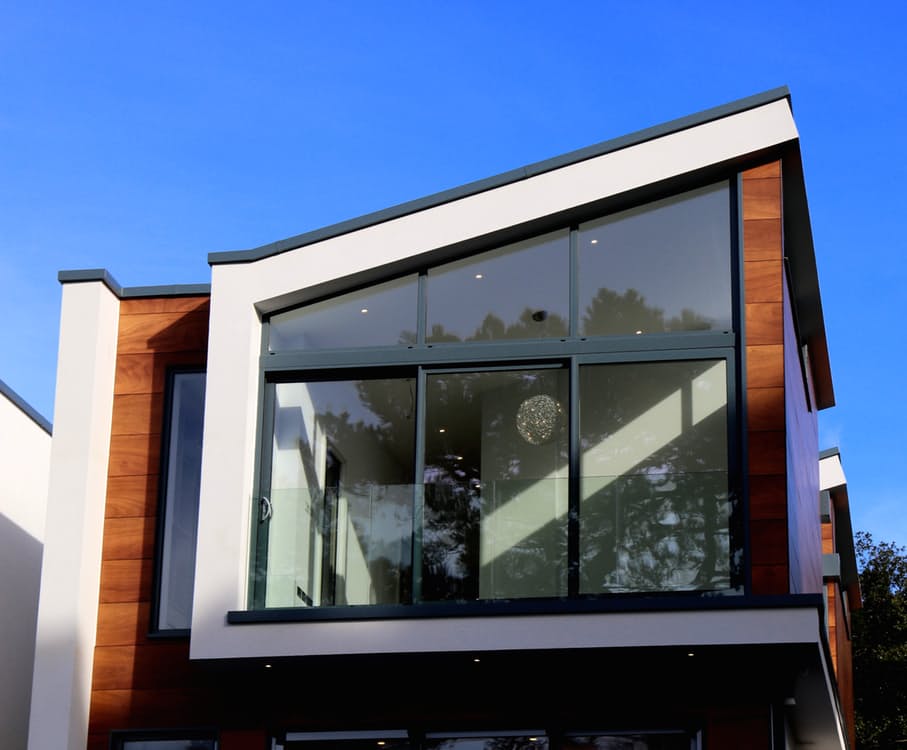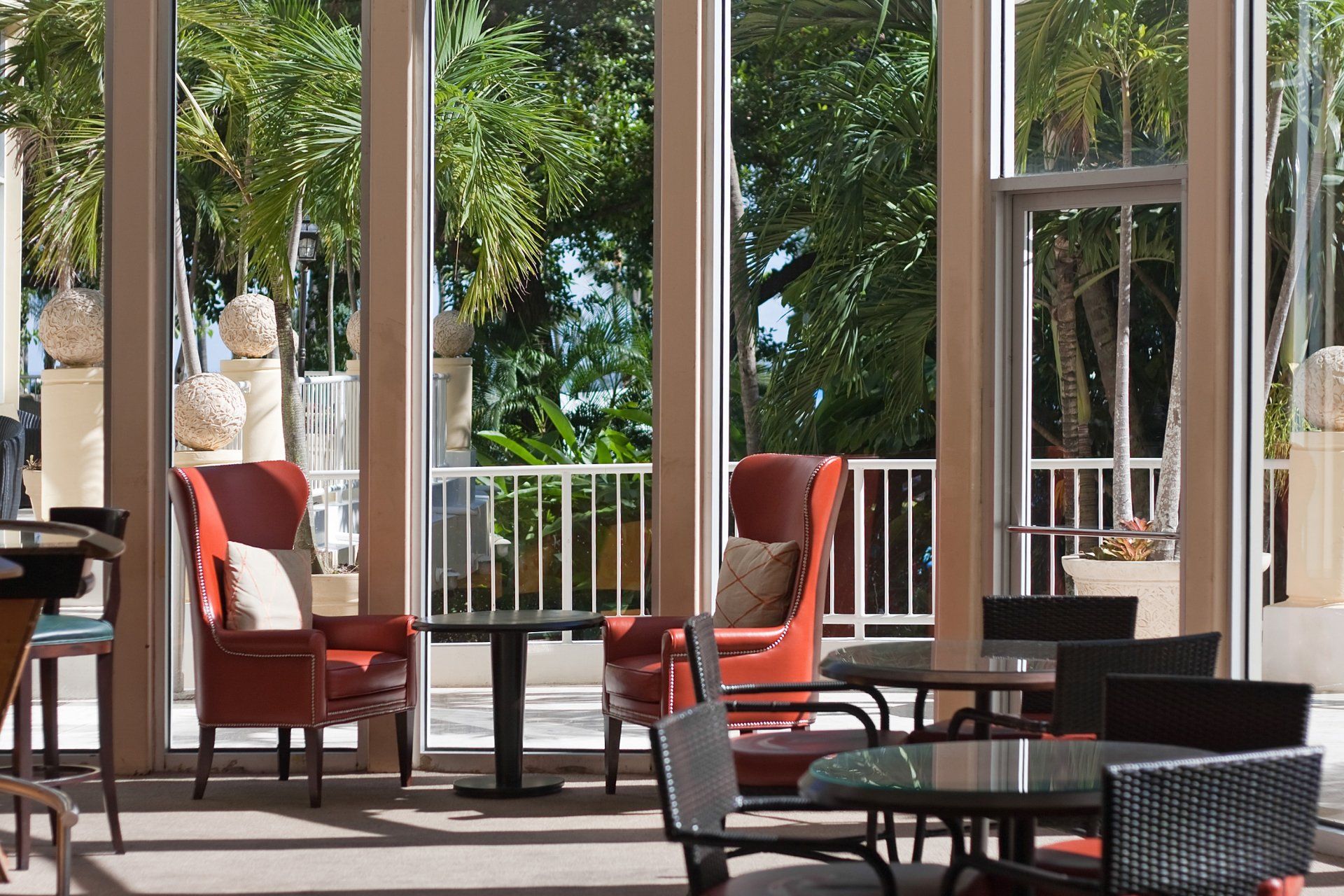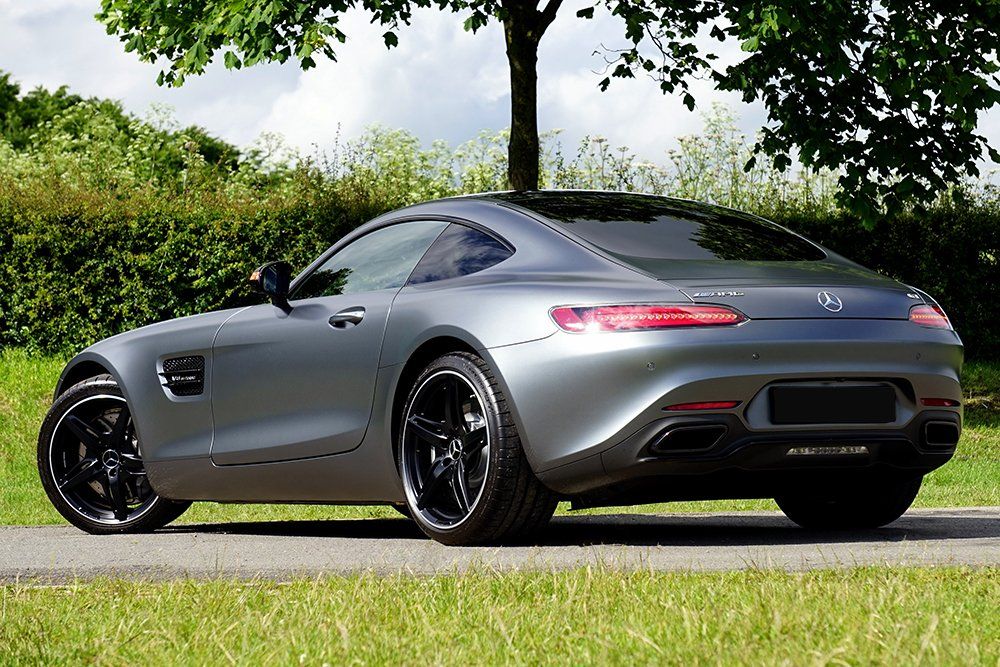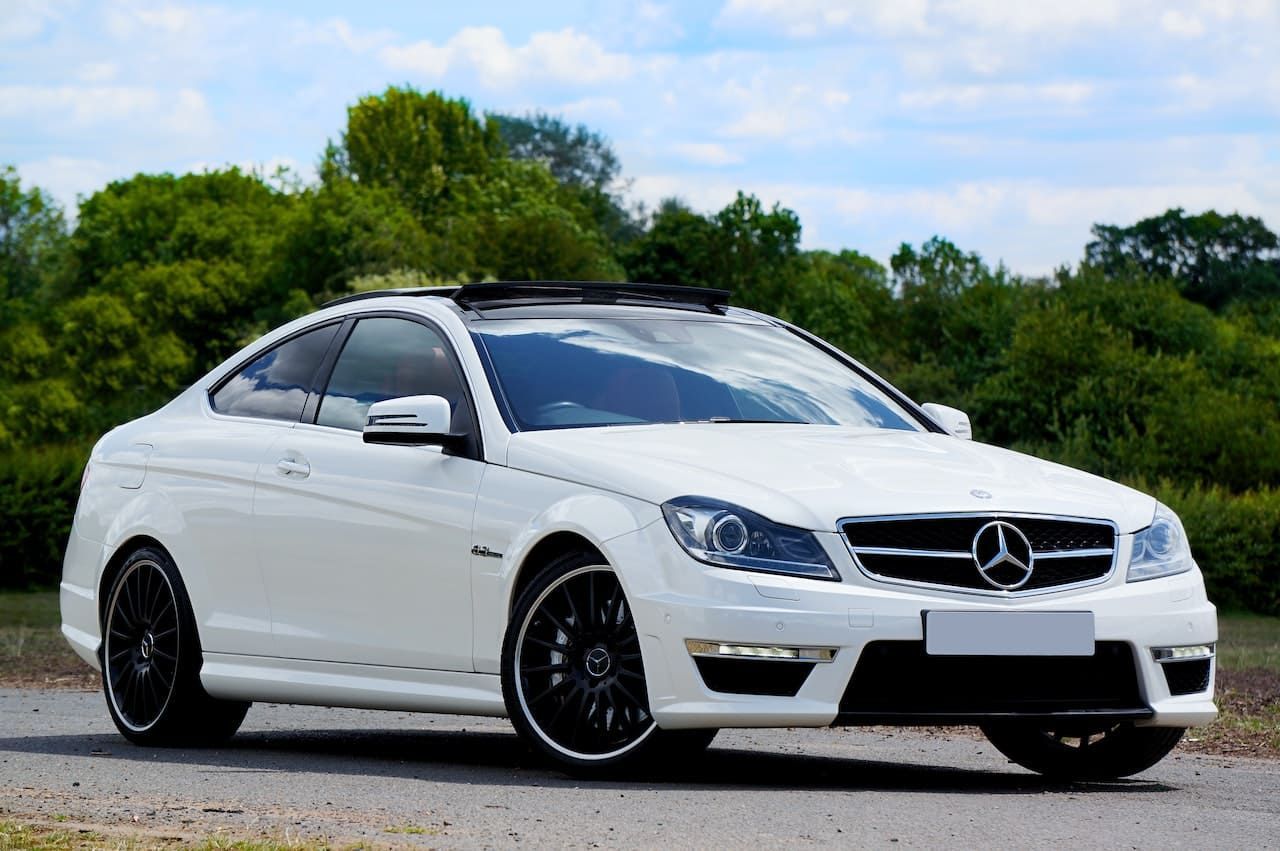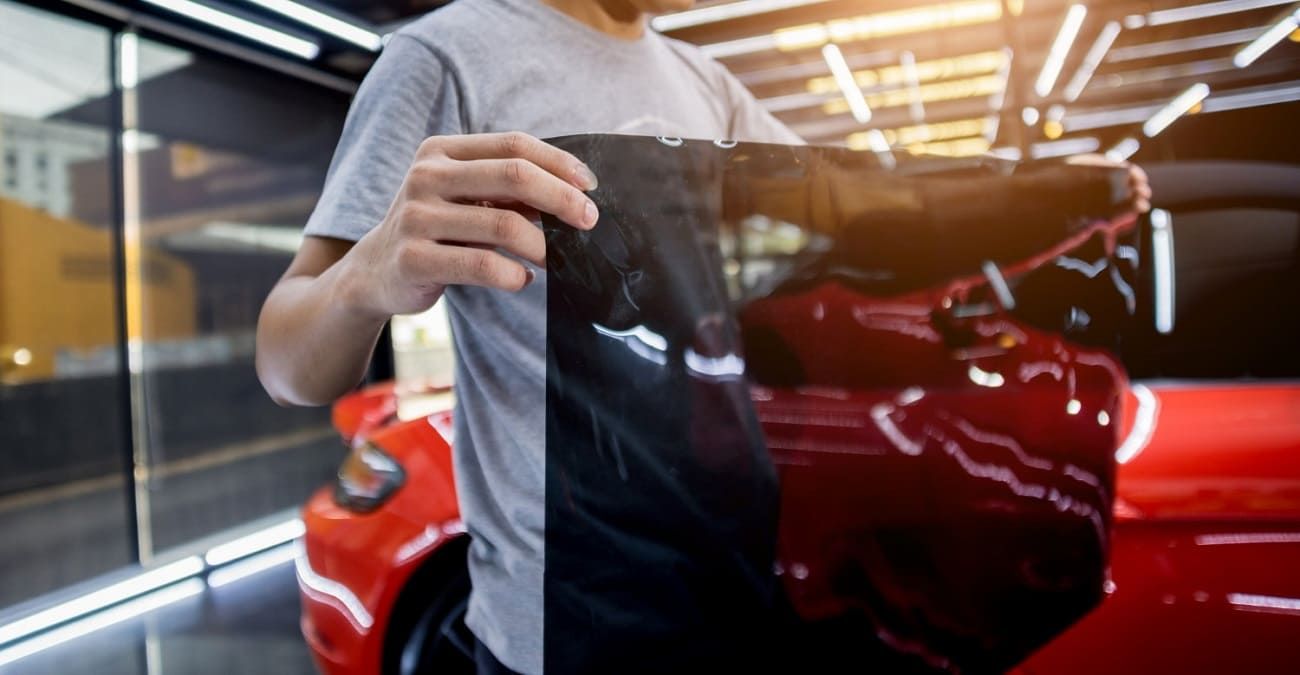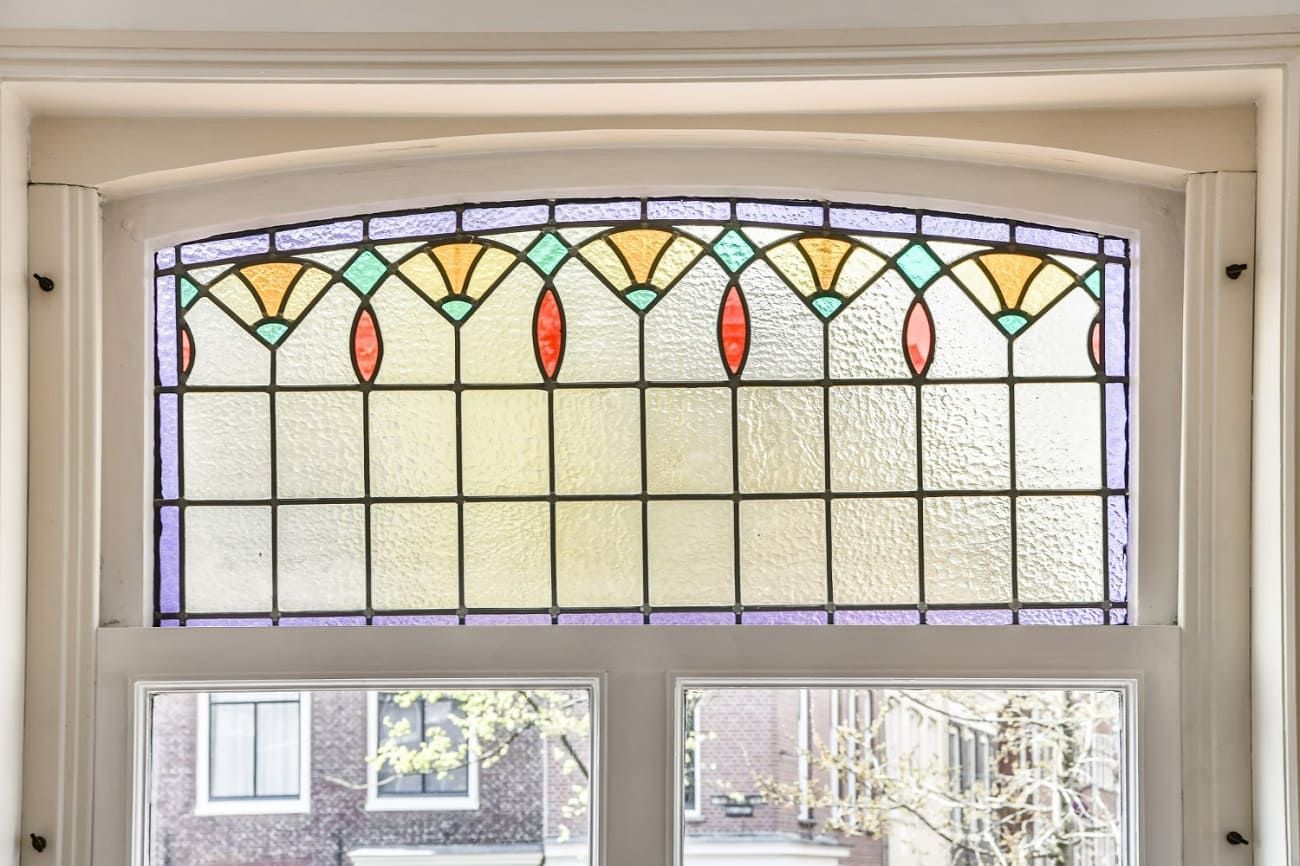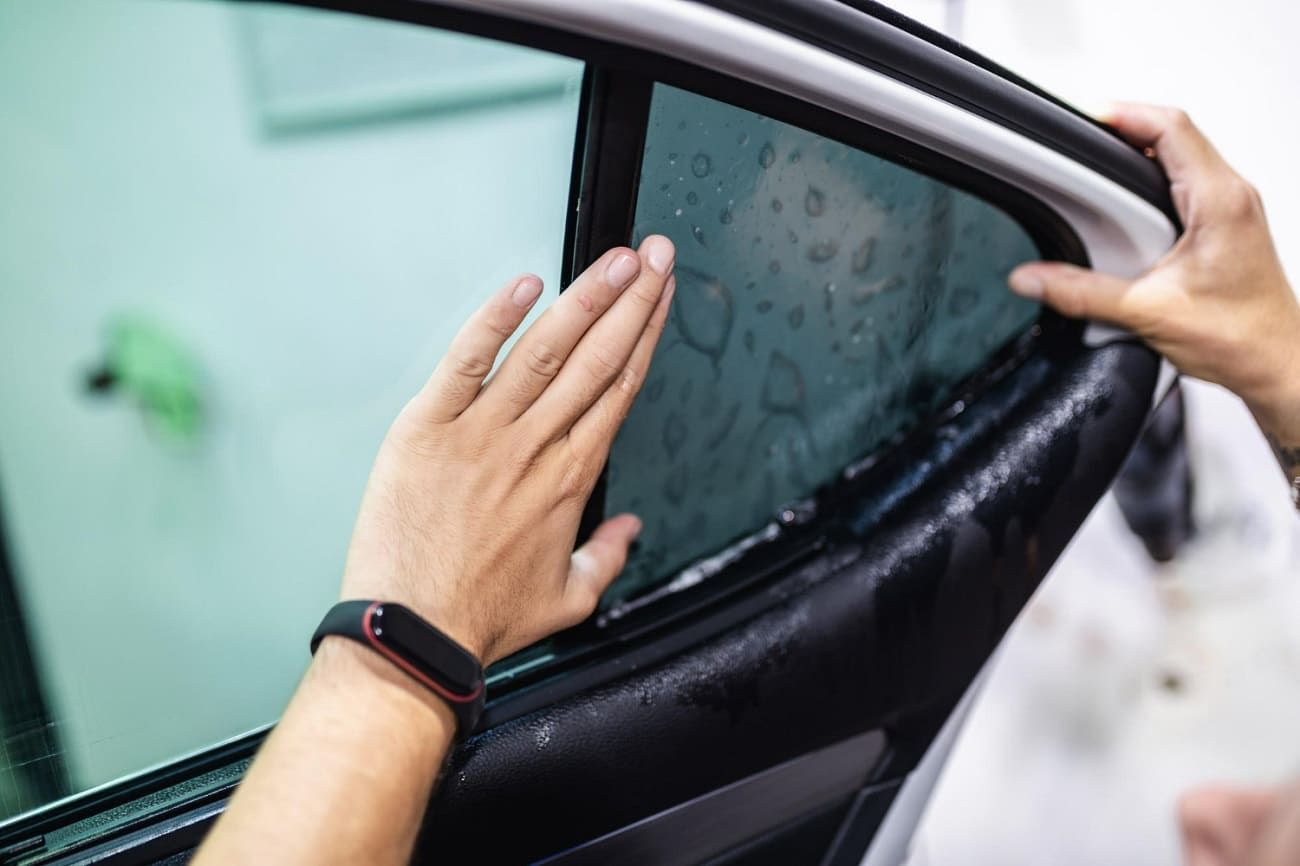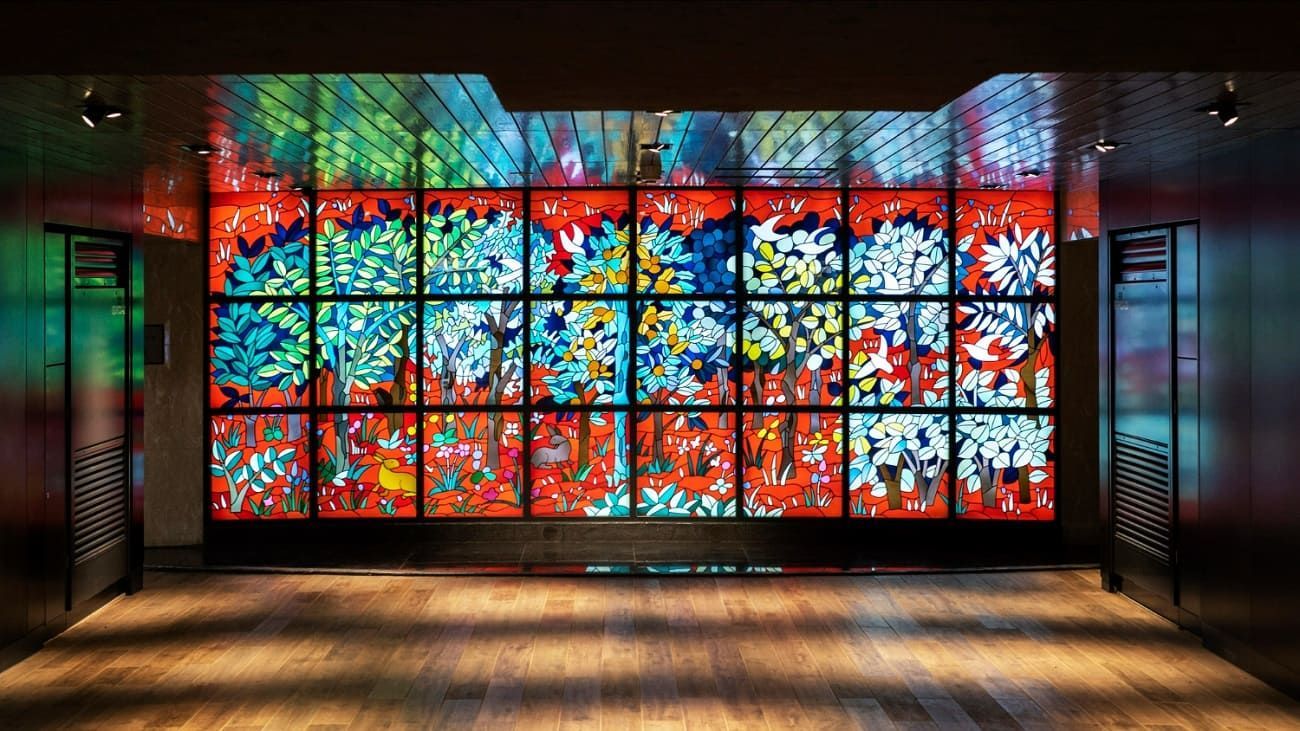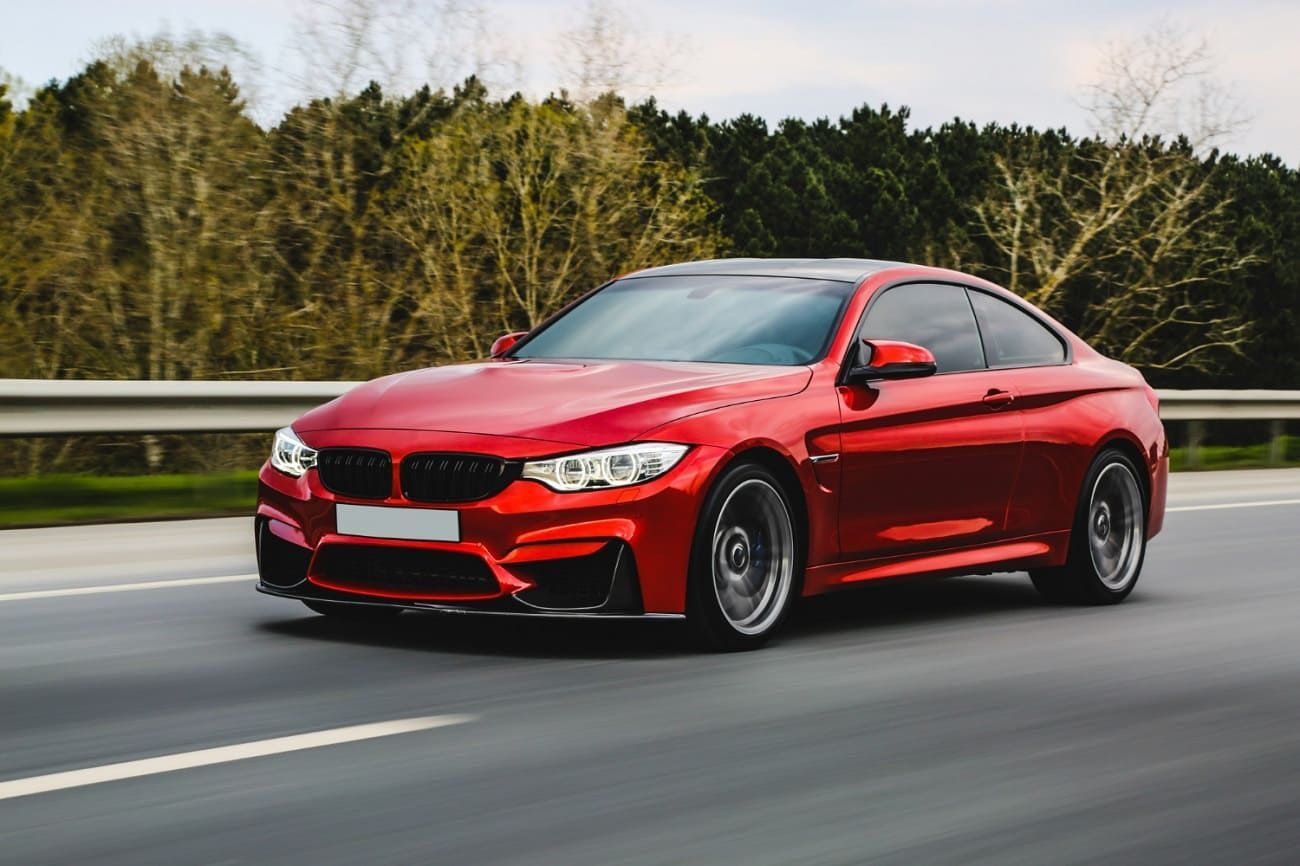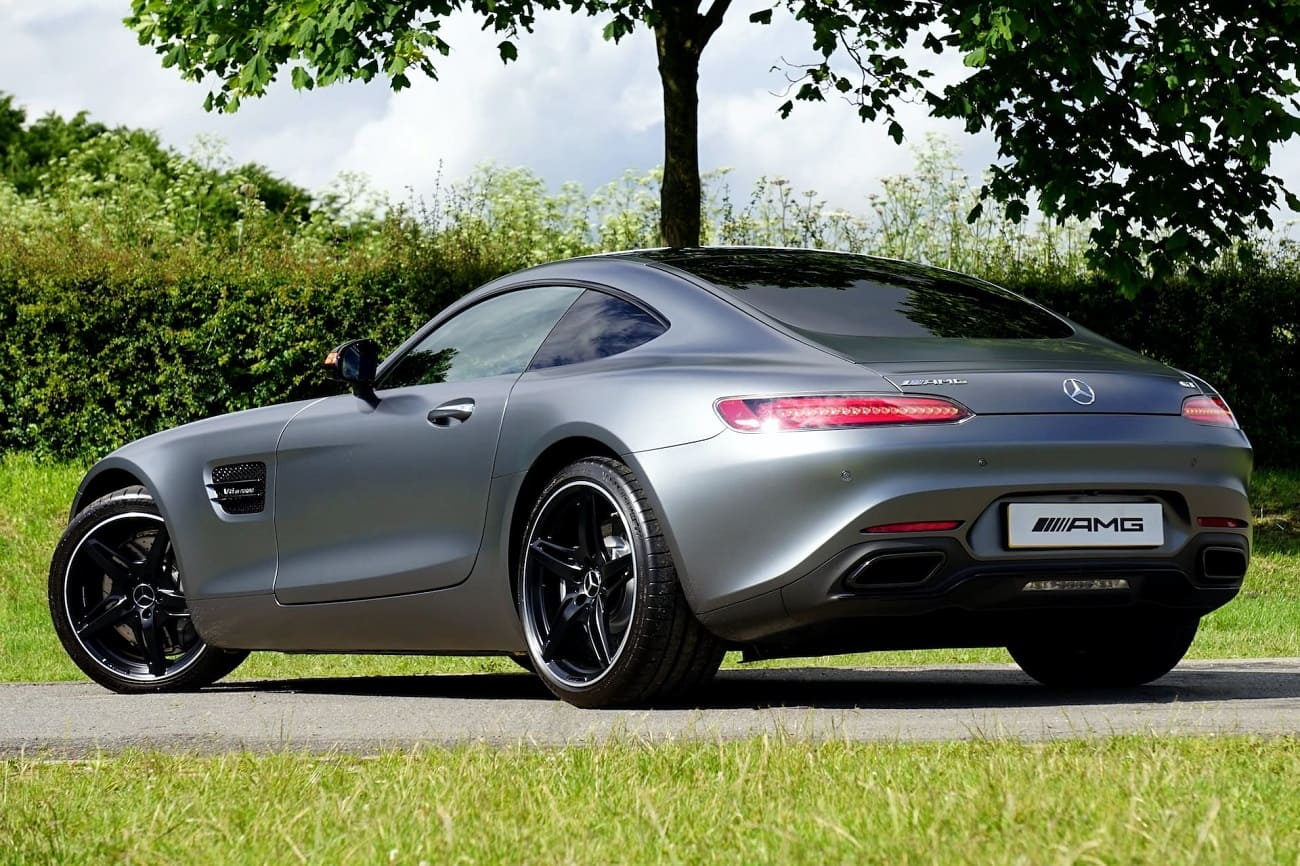2705 N Cocoa Blvd, Cocoa, FL 32922
Ceramic Window Tint vs. Regular Window Tint: What's the Difference?
When weighing up ceramic window tint vs regular window tint, what's the difference and which should you choose? We explain the key factors to consider here.
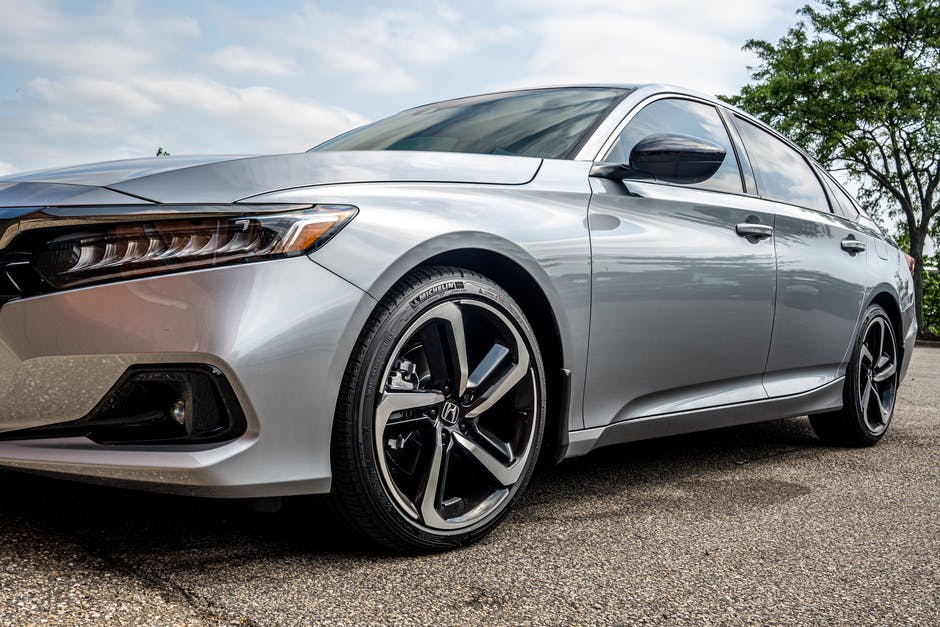
Looking in from the outside, you can be forgiven for thinking that all window tints are created equal. After all, many types of tints can give your vehicle the same great look and the same enhanced privacy—so why do the details matter?
The truth is, some window tints offer a wealth of hidden benefits that go far beyond a sleek, classic appearance. If you’ve ever looked into the details of ceramic window tint vs. regular window tint, for example, you already know that the two options can be very different!
Though the choice of car window tinting is up to personal preference, it can help to take a little extra time to weigh both sides. Here’s what you would know about ceramic and regular window tints, and which option is right for your vehicle.
Ceramic Window Tint vs. Regular Window Tint: The Basics
Before we dive into the advantages of each type, let’s take a look at the basic makeup of both of these options.
Regular window tint, sometimes called “dyed film” or “standard tint,” is one of the most popular types of window tint available. It’s an inexpensive, entry-level option that offers a great aesthetic look as well as basic privacy. The dyes and appearances of regular tint can vary, but most car owners prefer black dye for a timeless aesthetic.
Ceramic window tint, on the other hand, is a premium window tint that offers a number of advantages over regular tint. Instead of using dye, ceramic tint harnesses the power of nonconductive nano-ceramic particles.
Because the physical makeup of these options is so different, they offer different benefits and drawbacks, which we'll get into below.
Longevity
Regular window tint may be less expensive than its premium relative, but it also tends to fade and discolor over time.
Ceramic window tint, on the other hand, makes up for its high upfront cost by offering a longer lifespan. This option is scratch-resistant and harder to damage, making it more durable than either dyed plastic or metallic tints.
UV Protection
There's a reason the Skin Cancer Foundation recommends window film as a key way of blocking damaging UV rays: it can help protect your overall health.
If you’re looking for basic UV protection, it's true that regular tint is better than nothing at all. A dyed window film can block a small amount of heat, infrared light, and UV rays.
However, if you’re hoping for exceptional UV-blocking technology, only ceramic window film will do. Though the details will vary from brand to brand, many ceramic window films will block up to 99% of all UV rays.
This ability to block sunlight can also reduce your car’s interior temperature by up to 85%. With lower car temperatures, you won’t have to strain your A/C, your engine, or your wallet!
Glare
When a window tint blocks more light, it also reduces glare. This is crucial for drivers, as it can help increase visibility when you need it most, reducing your risk of getting into a car accident.
Some regular window tints offer good glare protection, while others offer minimal protection at best. Ceramic tints, on the other hand, do a great job of reducing glare in comparison.
Privacy and Appearance
Many people looking for car tints want two main features: privacy and better aesthetics. Here, both window tinting options are virtually tied. It's also worth noting that regardless of which option you choose, you’ll still need to follow the same state laws in terms of your windows’ dark appearance.
In terms of privacy, both regular window tint and ceramic window tint will help keep bystanders from looking into your car. This can be a great way to deter would-be thieves—by making it hard to see your valuables—while also enhancing your vehicle’s appearance with classic dark windows.
Safety
Regular window tint does little to keep your car windows from breaking. As noted above, this option is less durable and less scratch-resistant than other tinting options.
With ceramic window tint, on the other hand, you can enhance the security and protection of your vehicle. If you get into an accident, this type of tint can help keep you and your passengers from getting hurt as a result of shattered glass. In addition, if someone tries to break into your car, ceramic window tint can make the job much more difficult.
Cost
As mentioned above, one key benefit of regular window tint is the low cost. This makes it great for entry-level users who want to test window tints on their own cars.
However, it’s worth noting that the low upfront cost may mean spending more in the long run. Even with expert installation, regular window tint's discoloration, fading, and wear and tear may mean frequent replacements.
Ceramic window tints cost more on the front end, but their durability and longer lifespan can make them well worth the investment in many cases.
Choose Us for Your Ceramic or Regular Window Tint
Hopefully, this breakdown of ceramic window tint vs. regular window tint has helped you decide which option is best for you.
If you’re looking for low-cost privacy or if you don’t plan to hang onto your current vehicle for long, for example, an affordable regular window tint can get the job done. If you’re looking for long-lasting UV and glare protection, on the other hand, ceramic may be the way to go.
Whatever you decide, our team of experts at Solarwaves Window Tinting is here to help. We can help you protect your vehicle and enhance your style in no time, so contact us today or get a free estimate online!
Solarwaves Window Tinting
2705 N Cocoa Blvd
Cocoa, FL 32922
(321) 243-3666
Business Hours:
Monday - Friday: 9am to 5pm
Saturday - Sunday: CLOSED
All Rights Reserved | Solarwaves Window Tinting


